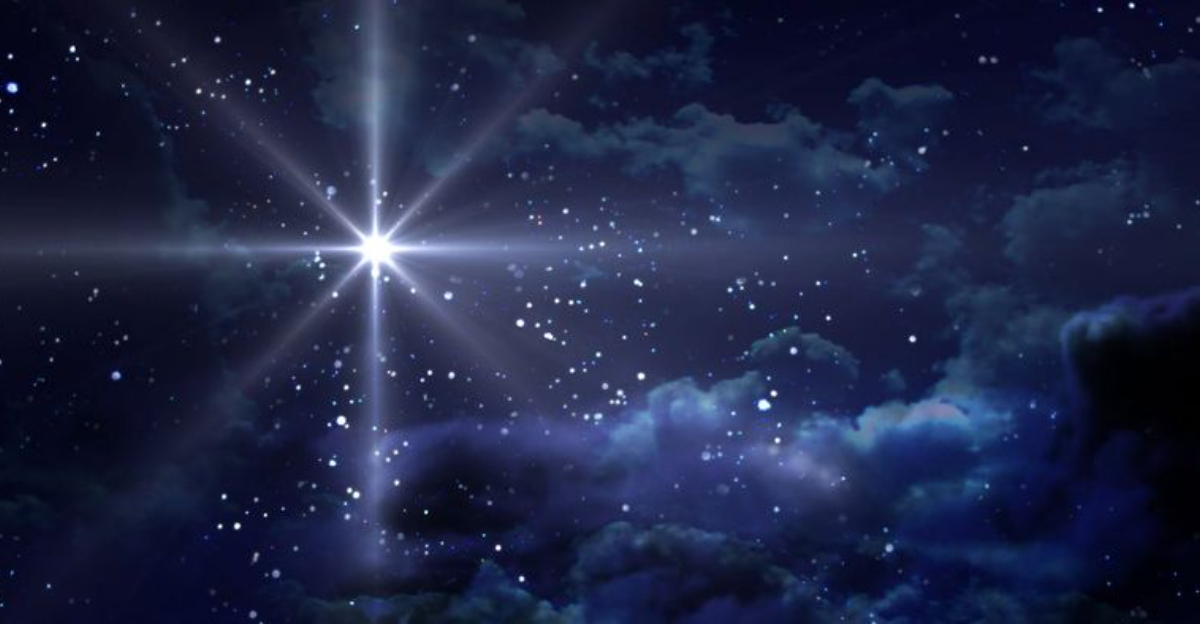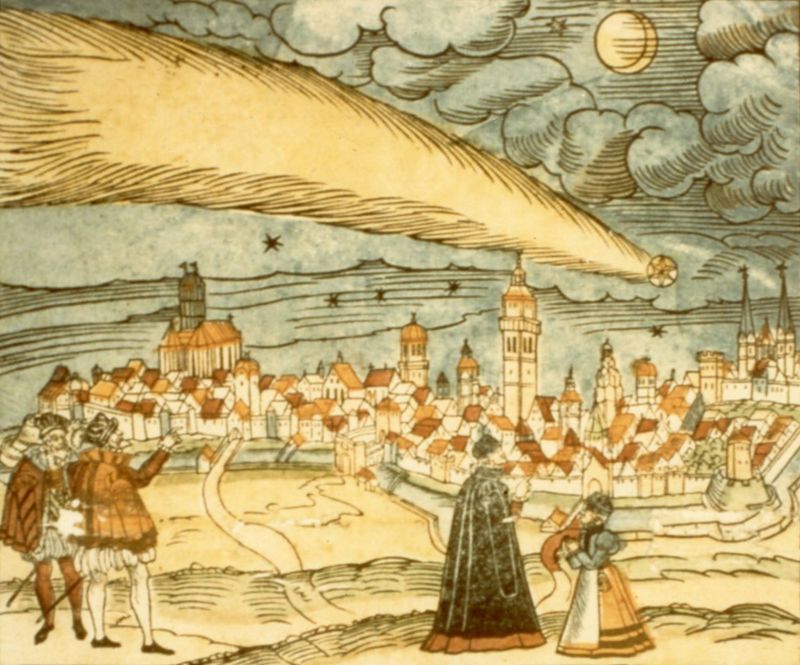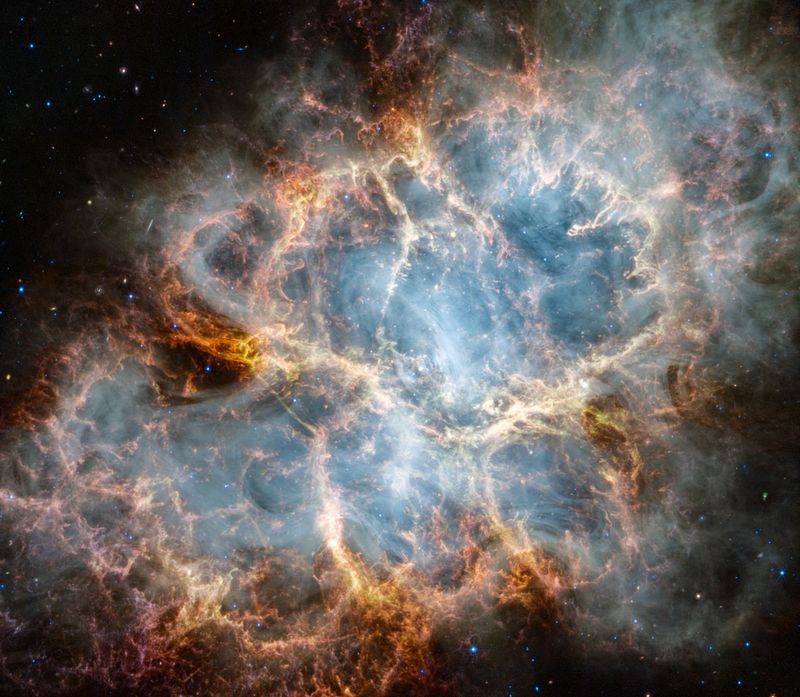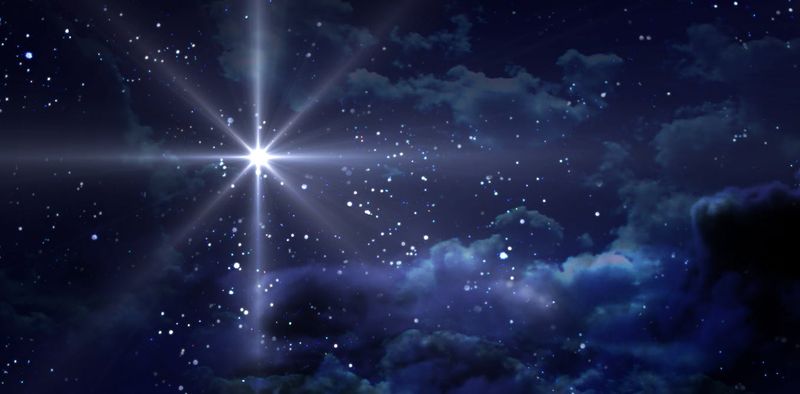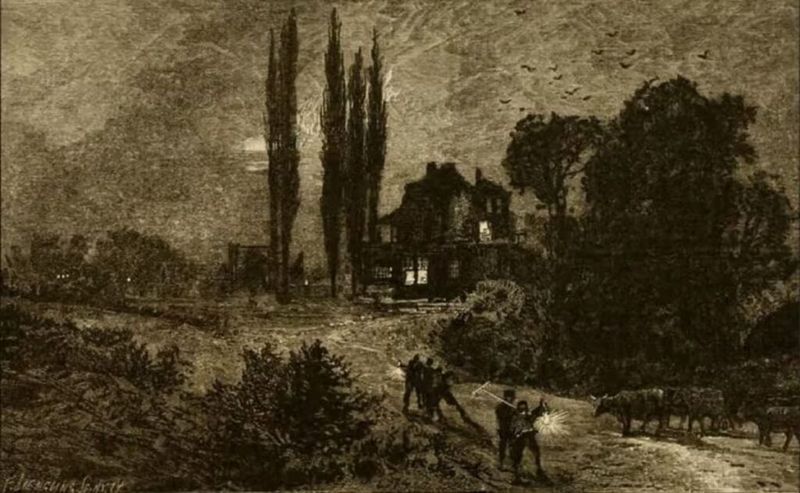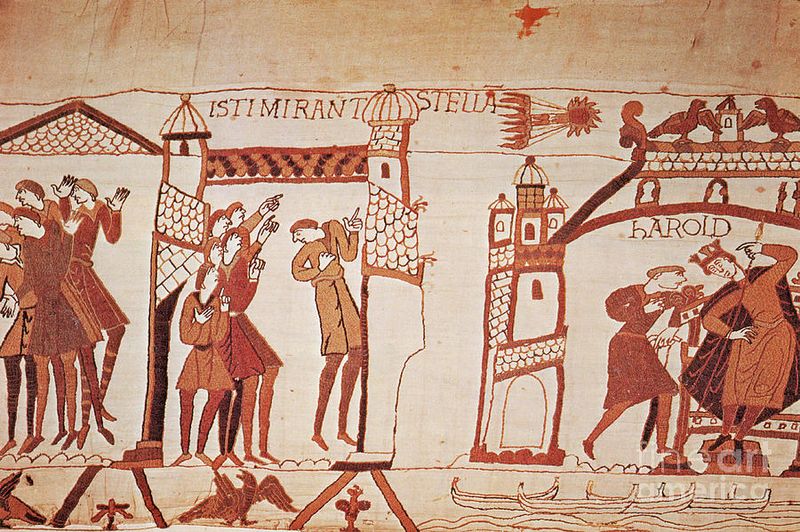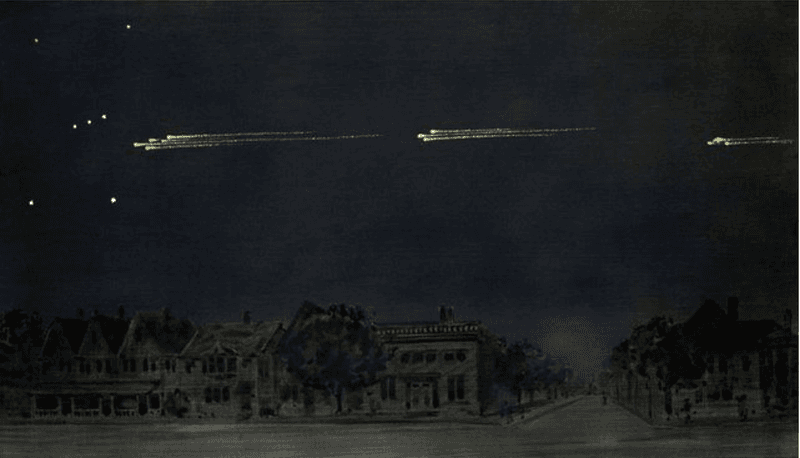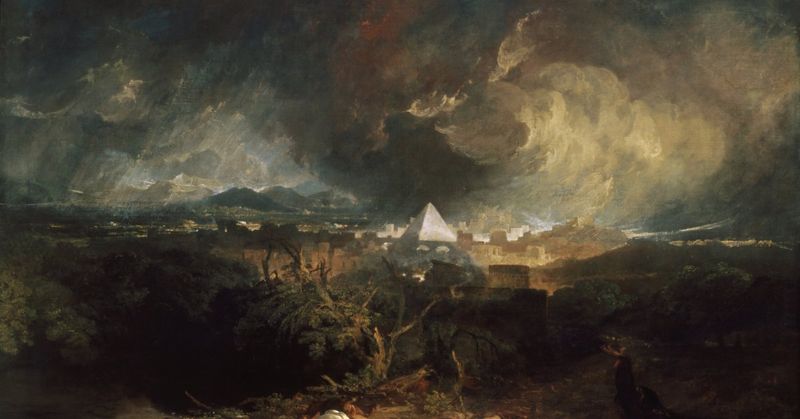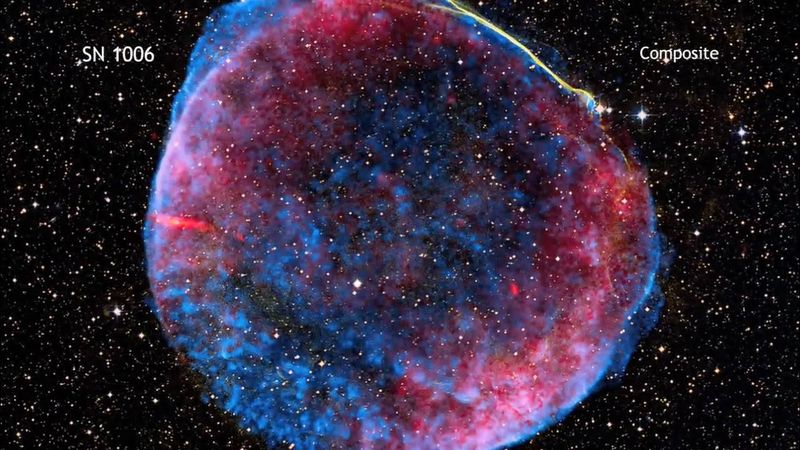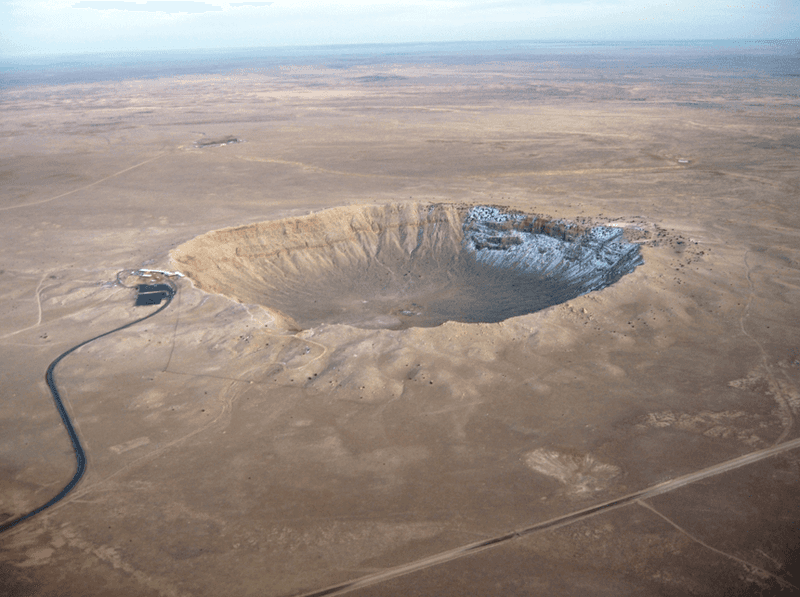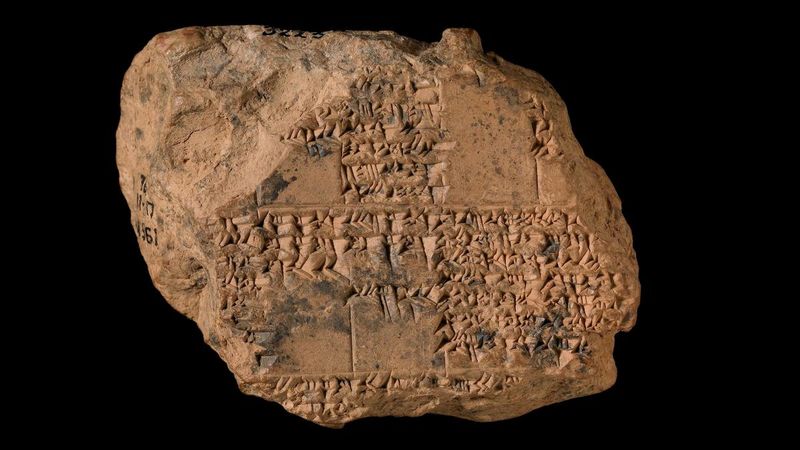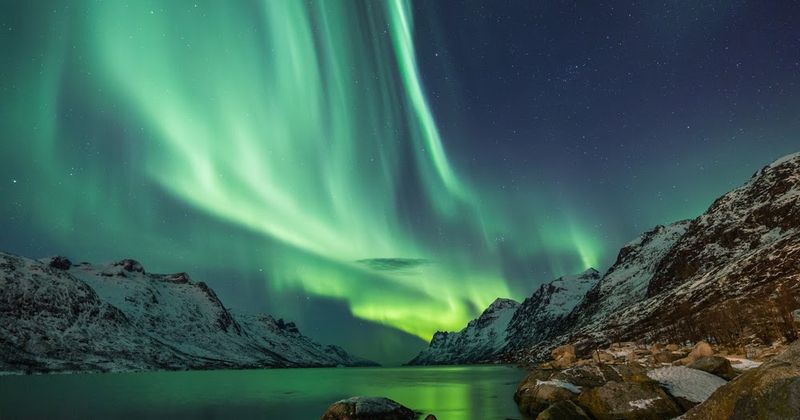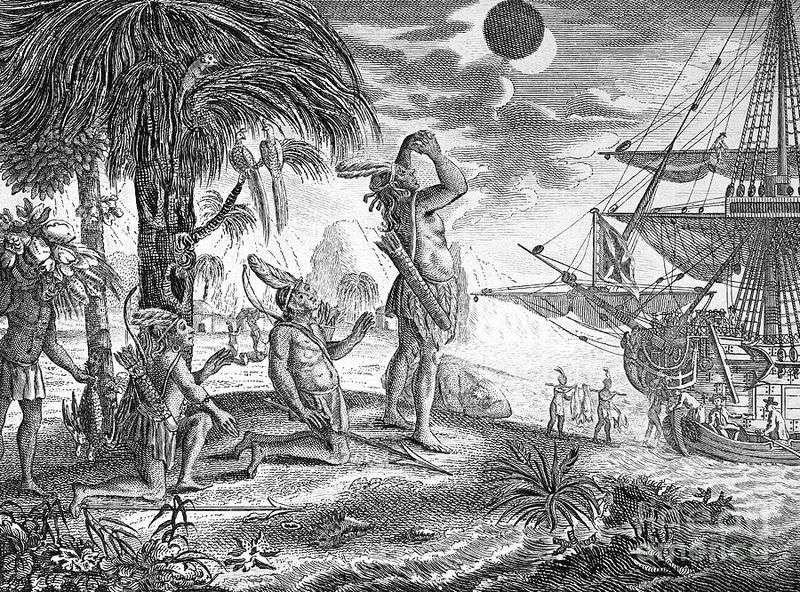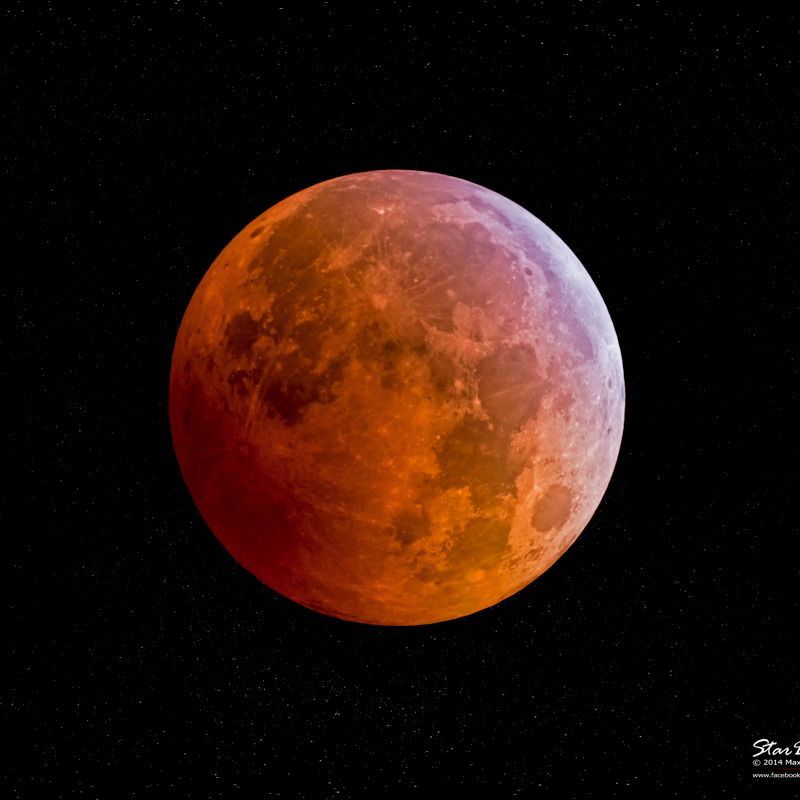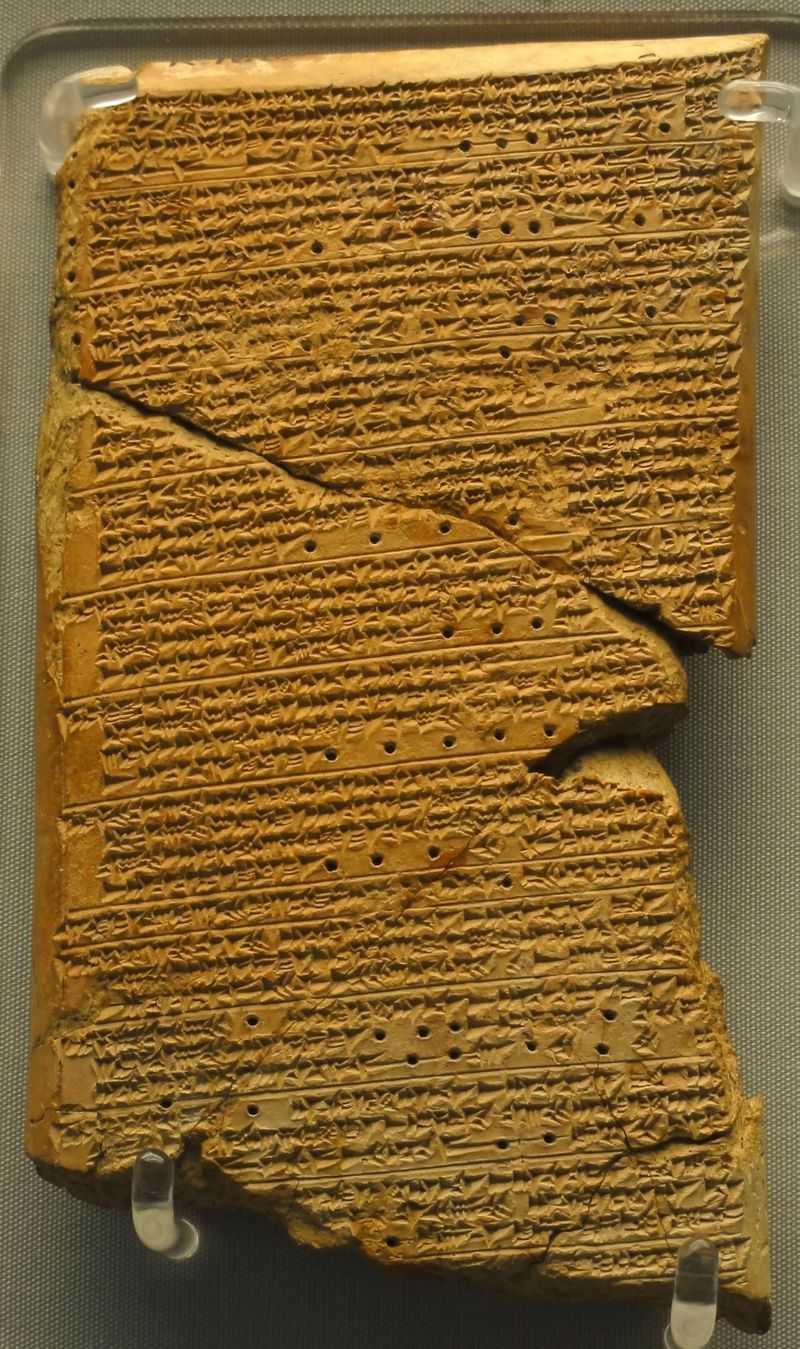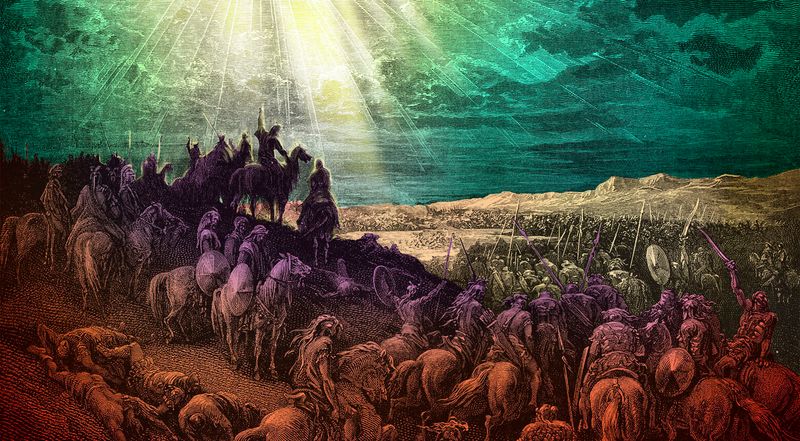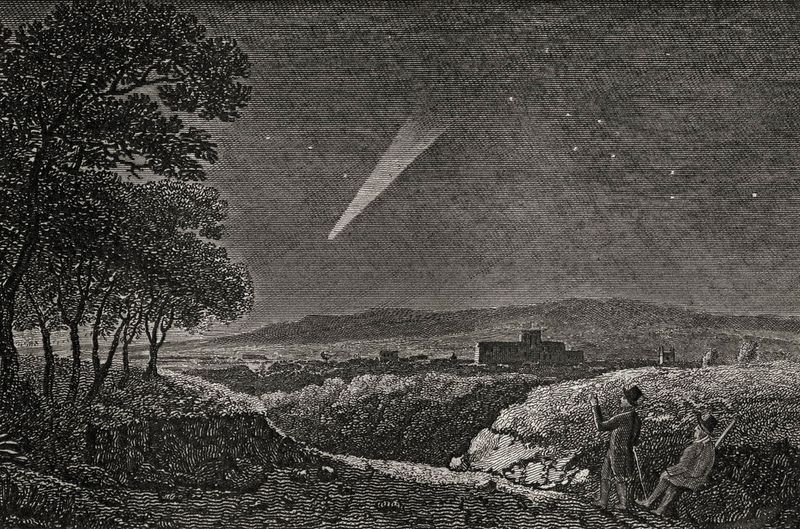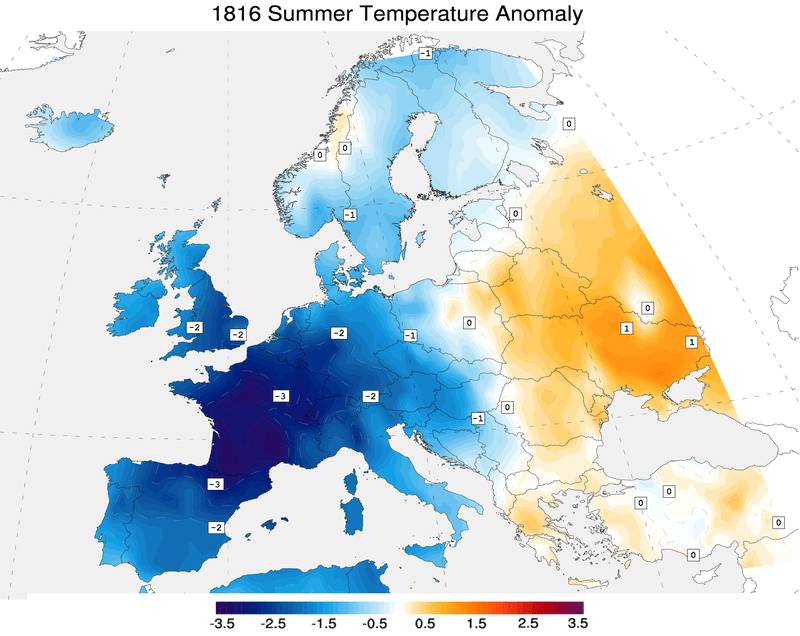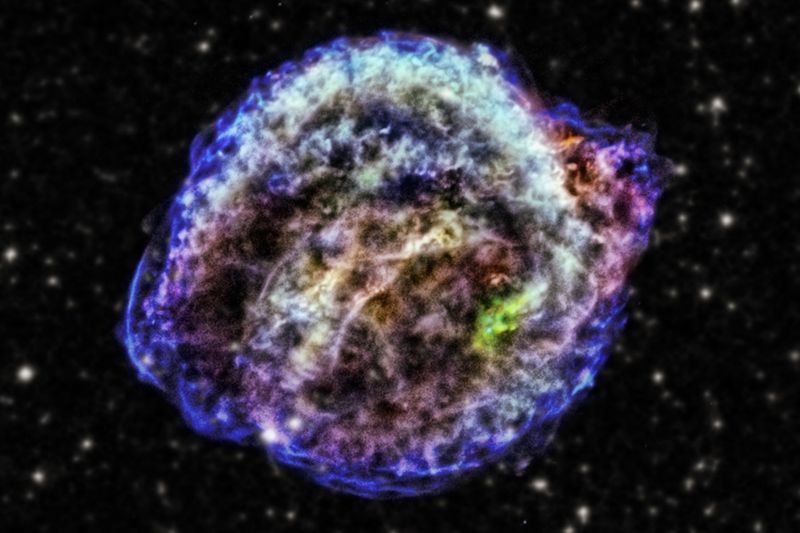Throughout history, celestial events have captured the imagination of humans, often regarded as omens or divine signs. These 20 remarkable events, witnessed by our ancestors, not only left a mark on their beliefs and cultures but also paved the way for our understanding of the cosmos.
1. The Great Comet of 1577
In 1577, a spectacular comet lit up the sky, captivating the world. This celestial visitor was meticulously studied by the renowned astronomer Tycho Brahe. Its appearance challenged the prevailing notion that comets were atmospheric phenomena. Brahe’s observations proved that comets were indeed celestial bodies, orbiting far away from Earth. This revelation shifted the understanding of the universe, changing how people viewed the heavens. Could a bright comet alter history? In this case, it certainly did. The Great Comet of 1577 remains a testament to human curiosity and the ever-expanding quest for knowledge.
2. The Supernova of 1054 (Crab Nebula Birth)
Imagine a star so bright that it could be seen during the day. In 1054, such a supernova exploded, illuminating the sky for 23 days. This celestial event left a lasting imprint, noted by Chinese, Arab, and possibly Native American observers. The supernova’s remnants formed the Crab Nebula, a magnificent astronomical object still marveled at today. This explosion not only dazzled but also expanded our understanding of stellar life cycles. Did this cosmic event inspire ancient astronomers to look beyond their world? Undoubtedly, it fueled a curiosity that transcended cultures.
3. The Star of Bethlehem (~5 BCE?)
What guided the Wise Men? Around 5 BCE, a celestial phenomenon, possibly a conjunction of Jupiter and Saturn or a supernova, was believed to be the Star of Bethlehem. This event is intricately linked to the Nativity story in Christianity, symbolizing hope and divine guidance. It spurred countless interpretations and became a central element of Christmas lore. Was it merely an astronomical coincidence, or a miracle? The Star of Bethlehem continues to intrigue both theologians and astronomers, illustrating the enduring connection between the heavens and human faith.
4. The “Dark Day” of 1780 (New England)
May 19, 1780, New England experienced an eerie darkness during the day, unsettling its residents. Many saw this as a biblical omen, fearing Judgment Day had arrived. The cause was likely a combination of wildfires and dense fog, obscuring the sunlight. This event left a deep mark, reflecting the fears and beliefs of the times. What happens when nature defies expectation? The “Dark Day” remains a symbol of mystery and human vulnerability, reminding us of the thin line between the known and the unknown.
5. Halley’s Comet (1066)
When Halley’s Comet appeared in 1066, it was seen as a divine omen. Its timing before the Battle of Hastings was interpreted as a favorable sign for William the Conqueror. This celestial event was immortalized in the Bayeux Tapestry, depicting the comet as a harbinger of change. How did a comet influence history? For William, it symbolized destiny. Halley’s Comet’s appearance in 1066 is a vivid example of how celestial phenomena can intertwine with human events, leaving a lasting legacy that echoes through time.
6. The Great Meteor Procession of 1913
In 1913, a remarkable chain of slow-moving meteors dazzled North America. The spectacle led some witnesses to believe they were witnessing an alien fleet or divine sign. This unique meteor procession captured the imagination, illustrating how cosmic events feed human wonder and speculation. What stories do the skies tell? The 1913 meteor procession remains a fascinating chapter in celestial history, a reminder of the endless mysteries and wonders that lie beyond our world.
7. The “Egyptian Darkness” (1200 BCE?)
Circa 1200 BCE, a mysterious darkness enveloped parts of the ancient world, possibly caused by the volcanic eruption of Thera. This phenomenon may have inspired the biblical Plague of Darkness, reflecting humanity’s attempt to understand extraordinary events. How do natural disasters shape myth? The “Egyptian Darkness” offers a glimpse into how ancient societies perceived and interpreted the unpredictable forces of nature, weaving them into the fabric of their cultural narratives.
8. The Supernova of 1006 (Brightest in History)
In 1006, a supernova lit up the sky with unprecedented brightness, outshining even Venus. Observed from Europe to China, it left an indelible mark on the history of astronomy. This event was interpreted as an astrological portent, influencing cultures worldwide. What impact did such celestial brilliance have on ancient thought? The Supernova of 1006 stands as a powerful reminder of the profound influence cosmic events have in shaping human understanding and beliefs.
9. The Tunguska Event (1908, Siberia)
On June 30, 1908, Siberia witnessed a colossal explosion, flattening 800 square miles of forest. Known as the Tunguska Event, its cause remains a topic of intrigue and debate. Initially thought to be a UFO or divine punishment, it was likely an airburst from a comet or asteroid. How do unexplained phenomena captivate the imagination? The Tunguska Event reflects our quest to understand the unknown, blending scientific inquiry with the allure of mystery.
10. The Zodiacal Light of Ancient Mesopotamia
Imagine a glowing pyramid of light stretching across the night sky. For ancient Mesopotamians, the zodiacal light was a celestial wonder, symbolizing divine battles among their gods. This phenomenon, caused by sunlight reflecting off interplanetary dust, inspired both awe and reverence. Could such a spectacle lead to cosmic storytelling? The zodiacal light served as a bridge between the heavens and human imagination, illustrating the profound connection between celestial phenomena and cultural myth-making.
11. The “Three Suns” Phenomenon (China, 1400s)
In the 1400s, China witnessed an astonishing sight: a solar halo that made it appear as if three suns graced the sky. Known as “sun dogs,” this optical phenomenon was interpreted as an auspicious omen for emperors. How do natural wonders become symbols of power? The “Three Suns” phenomenon exemplifies how cosmic events can be woven into the tapestry of cultural and political narratives, reflecting the interplay between nature and human belief.
12. The Great Aurora of 1859 (Carrington Event)
In 1859, a solar storm created a spectacular aurora, known as the Carrington Event, visible as far south as the Caribbean. This dramatic display was so intense it made telegraphs operate without power. What happens when the sun’s fury touches Earth? The event sparked modern interest in space weather, highlighting the sun’s influence on our technology. The Great Aurora of 1859 remains a reminder of our planet’s vulnerability to solar activity, fostering a deeper appreciation for the dynamic relationship between Earth and the cosmos.
13. The Black Moon Prophecy (1492)
In 1492, during his voyage to the New World, Columbus witnessed a lunar eclipse. Seizing the opportunity, he used this celestial event to intimidate Jamaican natives, predicting doom if they didn’t supply food. How did one man’s foresight become a tool of influence? The Black Moon Prophecy illustrates the power of cosmic events in shaping human interactions and history, revealing how the heavens were used to sway earthly outcomes.
14. The “Blood Moon” Tetrad (2014–2015)
Between 2014 and 2015, a series of four consecutive lunar eclipses, known as a “Blood Moon” tetrad, captivated observers. Some linked these events to biblical prophecy from the Book of Joel, interpreting them as signs of significant change. What role do celestial phenomena play in prophecy? The “Blood Moon” tetrad highlights the enduring fascination with linking cosmic events to spiritual and cultural narratives, illustrating the timeless human quest for meaning in the heavens.
15. The Venus Tablet of Ammisaduqa (Babylon, 1600 BCE)
In 1600 BCE, Babylonian astronomers recorded the movements of Venus on a clay tablet, known as the Venus Tablet of Ammisaduqa. This early planetary study reveals the sophistication of ancient astronomy. How did ancient peoples understand the cosmos? The Venus Tablet stands as a testament to humanity’s age-old desire to comprehend the stars, illustrating the enduring legacy of celestial observation in shaping scientific thought and discovery.
16. The “Day the Sun Stood Still” (Joshua 10:13?)
According to the biblical account in Joshua 10:13, the sun stood still, granting victory to the Israelites. This phenomenon may have been caused by atmospheric refraction, prolonging sunset. How do such stories reflect human experience? The “Day the Sun Stood Still” exemplifies the intersection of faith and nature, where celestial events become woven into narratives of divine intervention and triumph, illustrating the profound impact of the heavens on human history and belief.
17. The Great Comet of 1811
In 1811, a brilliant comet graced the sky for 260 days, inspiring myths of bountiful wine harvests and Napoleon’s victories. How does a cosmic event influence earthly fortunes? For many, the Great Comet of 1811 symbolized prosperity and success, intertwining celestial beauty with human hopes and aspirations. This remarkable comet remains a vivid reminder of the power of the skies to inspire stories and shape the destinies of those who gaze upon them.
18. The “Year Without a Summer” (1816)
In 1816, volcanic ash from Mount Tambora caused a dramatic global cooling, leading to what became known as the “Year Without a Summer.” This climatic anomaly resulted in widespread crop failures and famine. Yet, it also inspired creativity, giving rise to works like Mary Shelley’s “Frankenstein.” How do cataclysmic events spark innovation? This year of hardship illustrates the resilience and adaptability of the human spirit, as well as the intricate connection between environmental challenges and cultural evolution.
19. The Star of Kepler (1604 Supernova)
In 1604, a supernova, known as the Star of Kepler, lit up the Milky Way, challenging the Aristotelian belief in an unchanging heavens. How does one star alter cosmic understanding? Kepler’s observations of this celestial event expanded the knowledge of stellar evolution and change, marking a significant shift in the perception of the universe. The Star of Kepler remains a symbol of scientific discovery and the ever-evolving quest to comprehend the cosmos.
20. The “Dragon” Eclipse (China, 2134 BCE?)
Around 2134 BCE, an eclipse in China struck fear, leading emperors to employ astronomers for predictions. How did a celestial shadow shape governance? This “Dragon” Eclipse is among the earliest recorded, illustrating the profound impact of cosmic events on ancient societies. By linking eclipses to divine messages, rulers sought to harness celestial knowledge for earthly power, showcasing the enduring relationship between the heavens and human ambition.
